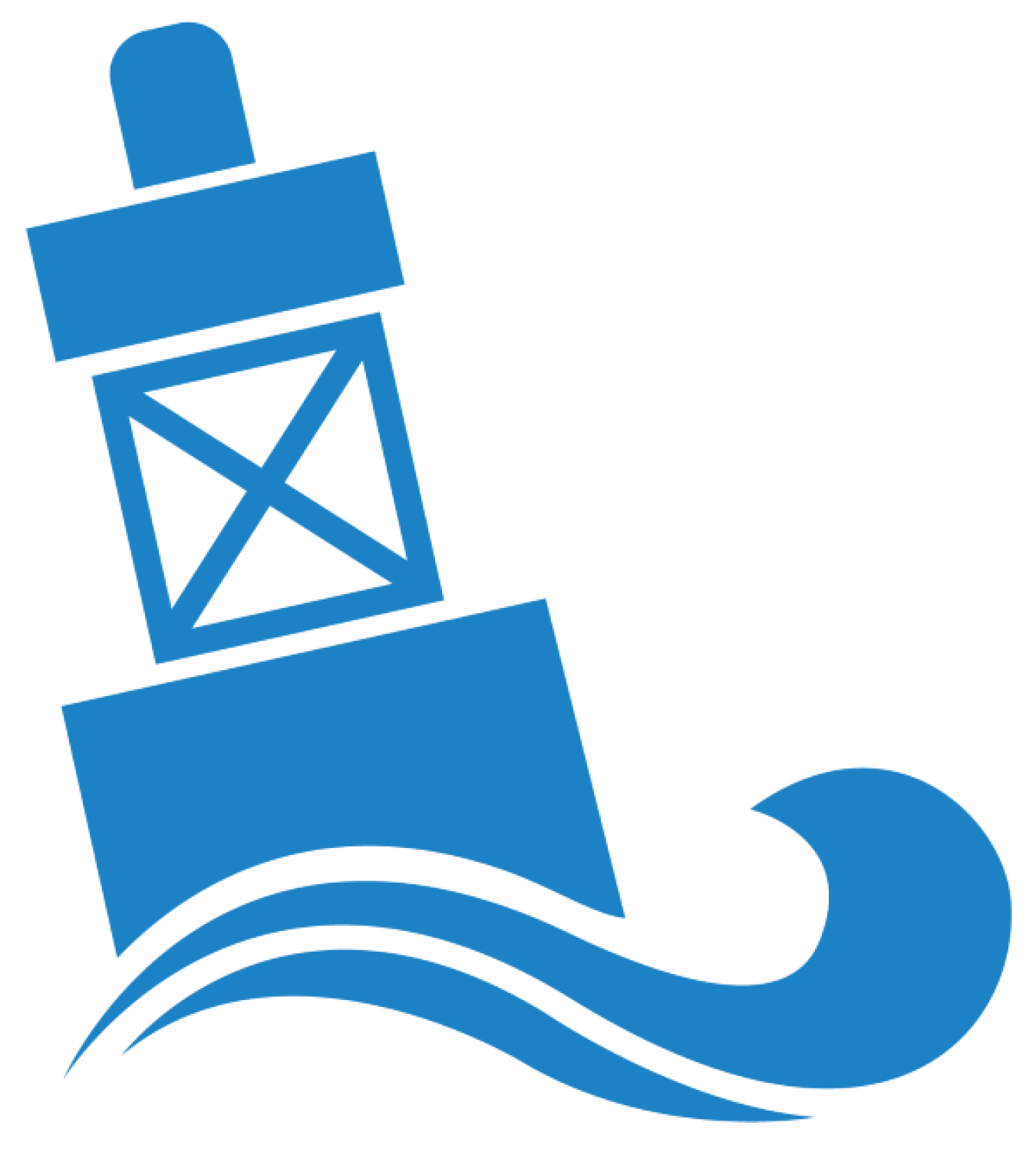ORPC tests its new Modular RivGen Power System in Millinocket, Maine. Future applications may include power for electric vehicle charging stations, critical infrastructure, and communities.
Water Power Technologies Office
March 14, 2024Marine Energy Program
Technology-Specific System Design and Validation
Project Name: Modular RivGen
Project Team: ORPC (lead), Our Katahdin, and Sandia National Laboratories
Lead Recipient Location: Portland, Maine, with demonstration project in Millinocket, Maine

In January 2023, ORPC deployed its new Modular RivGen® hydrokinetic power system in Maine's Millinocket Stream, followed by a second device in May 2023. These devices were deployed at One North, a renewable energy hub and industrial park located at a former paper mill site and managed by local nonprofit Our Katahdin. The underwater, next-generation device uses ORPC’s Turbine Generator Unit technology to convert the stream’s energy into electricity.
During the deployment, ORPC is evaluating operations and power performance (or how well the device captures power from the stream). The deployment will also provide ORPC with insights for further refining the device design, including how to support connections between multiple devices.
The Modular RivGen is designed for integration into existing or new infrastructure such as electric vehicle charging stations, hydroelectric facilities, irrigation canals and bridges, piers, breakwaters, and flood controls systems. The system builds upon ORPC's RivGen Power System, currently deployed in Igiugig, Alaska, and at the Canadian Hydrokinetic Turbine Test Centre in Manitoba, Canada.
Because the Modular RivGen system is designed to produce power in low-flow environments, the device's hydrodynamic performance is crucial. Researchers at the National Renewable Energy Laboratory completed three-dimensional computational fluid dynamics analyses to help validate the performance of the system's turbines and supporting structure and assess the differences from the original RivGen Power System design. Their efforts provided a better understanding of how the system performs, allowing ORPC to optimize the system and improve the overall design.
Millinocket is the first deployment of the Modular RivGen power system, which currently features an array of two devices. This also represents the first test of an array for both ORPC and the U.S. Department of Energy's Water Power Technologies Office. The Modular RivGen devices can connect horizontally or vertically and are anchored to the streambed. A power and data cable transmits energy from the devices to a small onshore station where the energy is presently dissipated for testing purposes. Each device has one turbine, which can currently produce up to 7 kilowatts of energy during peak flow. The array of two devices can produce 14 kilowatts of power in total. ORPC is continuing to evaluate and test design efficiencies so that a single Modular RivGen device can eventually produce 18 kilowatts, or 36 kilowatts for an array of two devices. For context, 18 kilowatts is enough to power essential appliances and systems in a small- to medium-sized home.
Researchers from Sandia National Laboratories developed hydrodynamic river models to optimize the power generation from multiple Modular RivGen power systems. Sandia also provided open-water testing technical assistance through the Testing Expertise and Access for Marine Energy Research program. Their work in measuring turbine inflow speed helped assess the power-generation performance of the Modular RivGen devices.
-
 Sandia National Laboratories identified innovative wave energy converter concepts that could power sensors on an ocean observing buoy.
Sandia National Laboratories identified innovative wave energy converter concepts that could power sensors on an ocean observing buoy. -
 NREL researchers identified optimal materials for harnessing ocean thermal gradients and generating electricity to power underwater vehicles.
NREL researchers identified optimal materials for harnessing ocean thermal gradients and generating electricity to power underwater vehicles. -
Researchers at the National Renewable Energy Laboratory expanded the capabilities of their open-source modeling tool to enable simulation of marine energy turbines to help optimize technology designs.
-
 The National Renewable Energy Laboratory and Pacific Northwest National Laboratory completed the first step in developing the Community Deployment Readiness Framework to support remote, coastal, and island community-driven energy transitions.
The National Renewable Energy Laboratory and Pacific Northwest National Laboratory completed the first step in developing the Community Deployment Readiness Framework to support remote, coastal, and island community-driven energy transitions. -
ORPC tests its new Modular RivGen Power System in Millinocket, Maine. Future applications may include power for electric vehicle charging stations, critical infrastructure, and communities.
-
 Triton Systems Inc. successfully tested its wave energy converter in hurricane-level waves, proving the durability of its prototype and demonstrating that marine energy can reliably power data collection and ocean exploration activities.
Triton Systems Inc. successfully tested its wave energy converter in hurricane-level waves, proving the durability of its prototype and demonstrating that marine energy can reliably power data collection and ocean exploration activities.
WPTO's marine energy e-newsletter shares news and updates on tools, analysis, and emerging technologies to advance marine energy.
The WPTO e-newsletter brings funding opportunities, events, publications, & hydropower and marine energy updates directly to your inbox.


